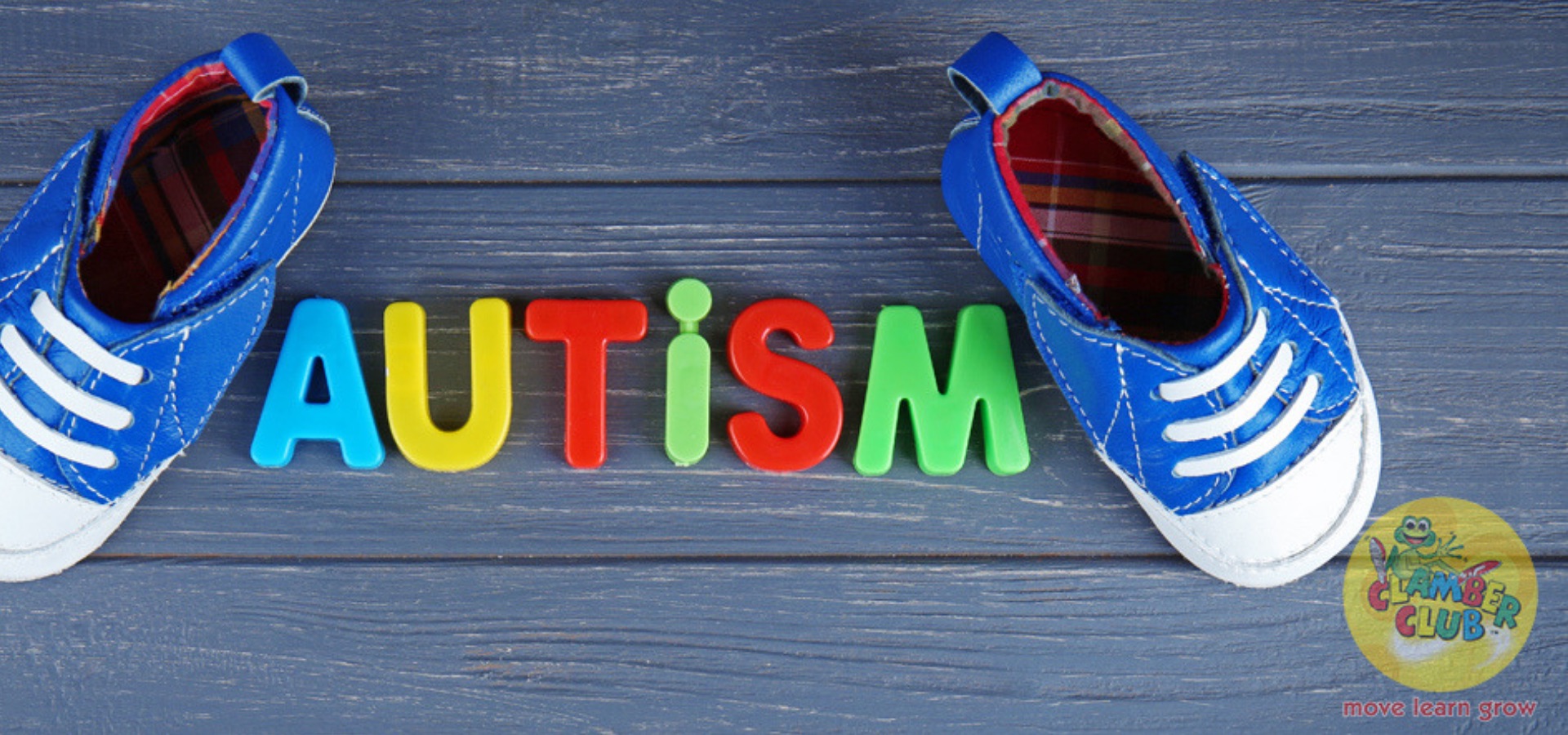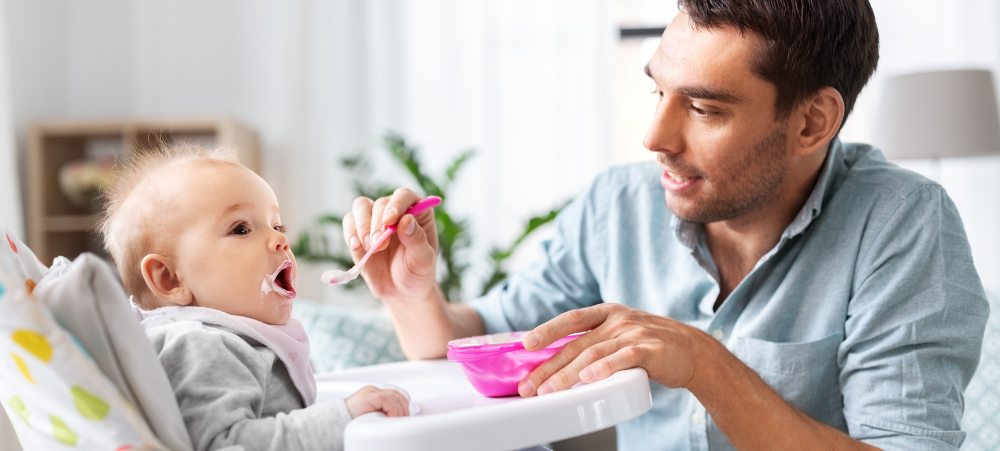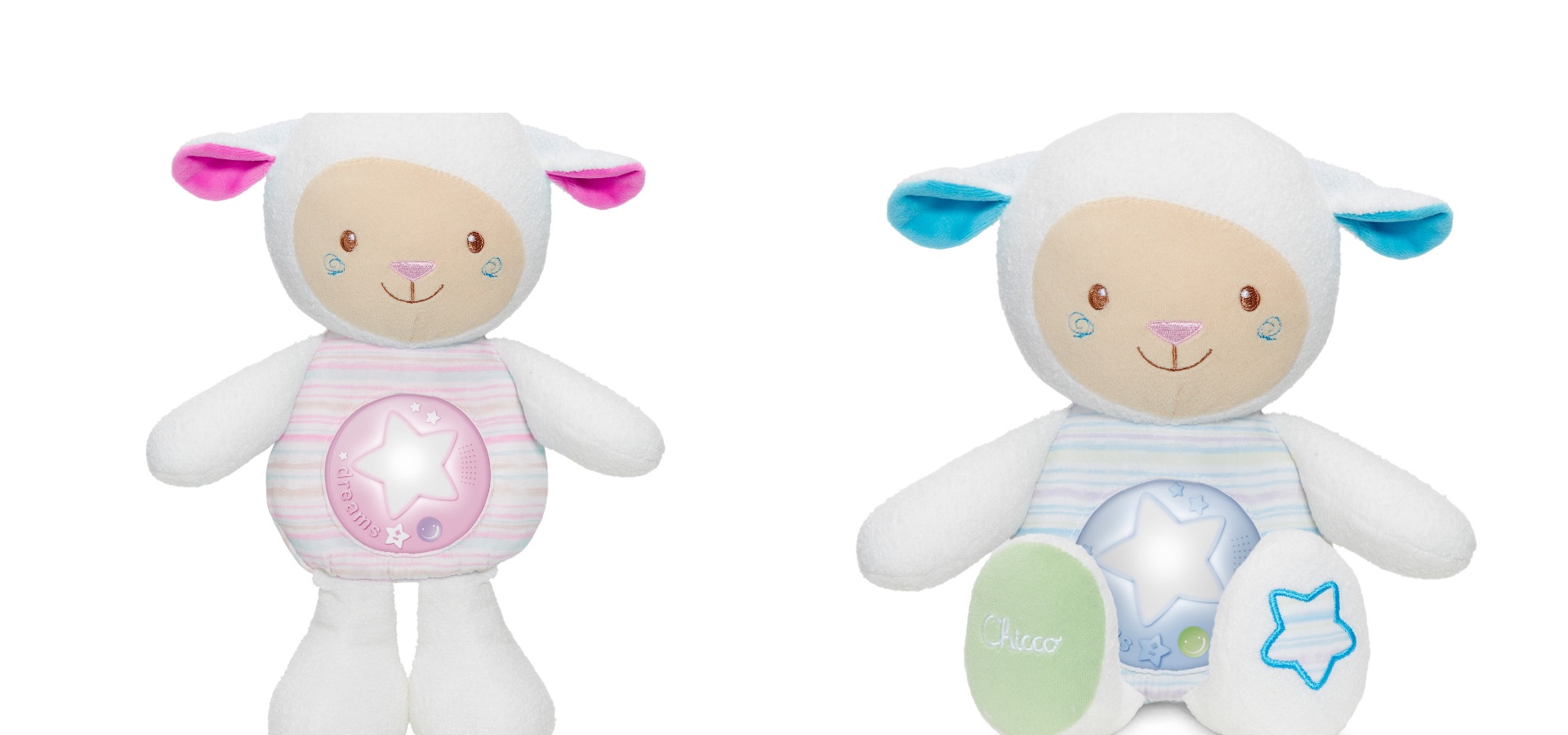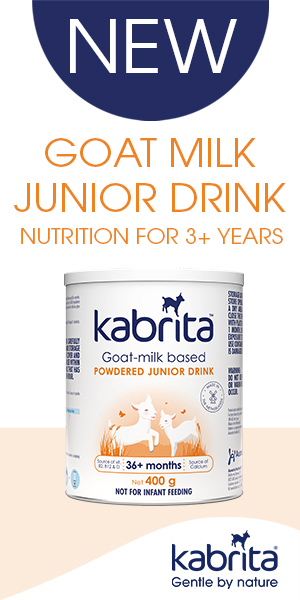
5 Key Tips For All Moms Who Need To Practice Pumping On the Go
5 Key Tips For All Moms Who Need To Practice Pumping On the Go If you are a busy lady (and let’s admit it, in the 21st century who of us aren’t!) and need to practice pumping on the go, all you need to do is follow these five simple tips. For whatever reason, you may not always be able to express in your place of comfort. Whilst you may feel most at ease on your couch or in the confines of your own home, this isn’t always possible. Therefore, here is a quick guide to how to handle pumping on the go! #1: Get Yourself and Electronic Breast Pump Which Is Portable The last thing you need is a cumbersome pump with multiple pieces and the need for a plug point. If you travel frequently, finding yourself a compact pump with a rechargeable battery is key. The Medela Mini Electric is perfect for these situations. It is light weight and small enough to fit into a hand bag. #2: Privacy Is Key Even though breastfeeding is a natural, beautiful thing, some moms feel more at ease in a secluded pumping area. If you need to pump in your office, have a chat with your employer before hand and arrange a private room with a door which closes dedicated to you. If you’re out and about, and find yourself in a pinch, a place such as a family change room is great. Another thing to look out for internationally are breastfeeding pods. Many international airports and malls are beginning to place pods for moms to be able to feed their babies/ express. #3 Find Something TO Stimulate Your Senses Let’s be honest. Pumping away from your usual place of comfort can be difficult at first. Therefore, you may need to find a stimulant to encourage your let down. Pictures of their baby have been found to help a mom with this quite easily. Keep a blanket which smells like them, or better yet, record videos of your baby to have their cries and coos encourage your let down! #4: Keep Cleaning Products At Hand You will need to ensure that you have things such as disposable nursing pads, cleaning wipes and even possible a pumping bra available to streamline this process. Anything that will help you during and after your pump is essential for pumping on the go. #5: Make A Plan To Store your Milk After If you will be pumping away from your home, you need to make a plan to store your milk. Firstly, have the right storage materials on hand. Something like a portable milk bottle or the Medela milk storage bags would be ideal in this situation. Be sure that you will have access to a fridge, as well as a cooler bag to transport your milk when you leave your destination.


































